Syrian Democracy In Action
Such a great relationship exists between the Syrian President Bashar al-Assad and his fellow citizens. After 11 month of brainstorming and public debates about the new constitution and the entire reform process, the young president set Sunday, February 26, as the day of referendum. Almost 57% of Syrians participated, 89% among them voted YES to the proposed constitution, 11% said NO. What a democracy.
An unexpected, heavy snow storm hit many areas in Syria including Homs, the third largest city in the country, which prevented millions of Syrians from voting. President al-Assad immediately ordered that the people affected by the storm were allowed to vote by e-mail or by any kind of social media they wanted to use, whether it was Facebook, Twitter or YouTube.
The government of Syria would do whatever it could to make sure those citizens could join the rest of the country on that big day. As a result, nearly every Syrian participated, and voter turnout was 99.9%. Furthermore, neither international observers nor international media was needed to achieve these results. What a democracy!
Now, Syria has a new democratic constitution approved by people, signed and proclaimed by President Bashar al-Assad. Tomorrow is a new day in Syria. End of story.
The above scenario is not just my wishful thinking. It is the story that everyone can gather from watching the official Syrian TV run by the secret service of the Assad regime.
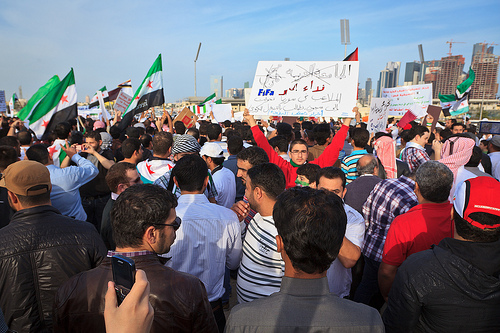
In reality, Assad’s regime makes a mockery of the new constitution amid unparalleled bloodshed in many places across the country, especially in Homs, the crossroads that links the Southern cities and counties to the costal, Eastern and Northern areas of Syria. US Secretary of State Hillary Clinton called the referendum “a cynical ploy”. The White House called it “laughable”. Germany described it as a “sham vote” and a “farce”. Diplomats estimate that only 5 percent of the population turned out to vote.
The new constitution is a counterfeit document despite the Assad regime claims that the new document reflects the wishes of the people. “We are satisfied with the results,” said Syrian Interior Minister Ibrahim al-Shaar. But is the Asaad regime satisfied with the nearly 7500 Syrians who have died during 11 months of unrest?
What is new in this constitution? Was the old constitution paralyzing democracy in Syria over the past 50 years? There is not much new in this constitution. It has been only slightly changed from the old one. The autocratic core of the old constitution is still the same: The President remains above any accountability. The separation of authorities is still just an illusion, to the point that the president names the members of the highest judicial court, which coincidentally supervises presidential elections.
The Asaad regime promotes great change through the new constitution because of the elimination of Article VIII and the limitation of the presidential term. What a lie. The infamous Article VIII of the old constitution defines the Baath Party as the “leading party in the society and the state,” and presents the National Progressive Front as the only framework for legal political party participation for citizens. The new Article VIII allows for “Political Pluralism”. But how is this accomplished?
It is nothing more than camouflage. The Assad regime has taken out the meaning from “Political Pluralism” before it even has a chance to start. The current and first Multi-Party Law in Syria, which President al-Assad declared several months ago as part of the political reform, states that the committee which approves the formation of political parties should be headed by the Minister of Interior and appointed by the President. So nothing changes. Furthermore, the current Multi-Party Law does not allow political parties to share power with the Baath party. When President al-Assad signed and issued the legislative decree on Multi-Party Law in Syria, he signed after deleting the paragraph on “sharing of power and participation in governance” from the proposed law. Assad’s philosophy of political reform as stated in the Multi-Party Law is clear. There will be no sharing of power with the ruling Baath party, and participation in governance is not allowed by law. In a nutshell, no democracy is created. The new constitution keeps the superiority of the Baath party even after the removal of Article VIII.
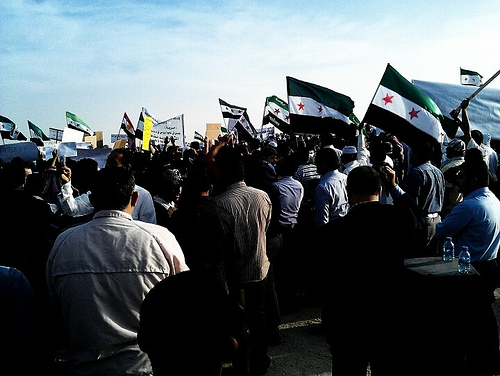
The only leader of Syria is the President, who is surrounded by his family. They lead the secret service, the army and the economy. The government, the parliament and the Baath party are just a front. The Syrian regime was and still is the Assad family regime, which holds absolute power.
There is good news for the Syrians. The new constitution allows President Assad to serve a maximum of two seven-year terms starting in 2014. So he will have to leave office in 2028 if he does not change his mind and replaces this constitution with a new mandate.
The new constitution will not promote any real change toward reform. The bloodshed in Syrian overwhelms it. Too little reform too late will just aggravate the crisis resulting in more violence in Syria.
All Photos by Omar Chatriwala
Editor’s note: Anthony Zeitouni (anthonygaz@gmail.com ) is a Washington-based pundit who was born in Beirut, Lebanon. Follow Zeitouni on Twitter @Anthonygaz. His web site is www.AnthonyZeitouni.com
Related Articles

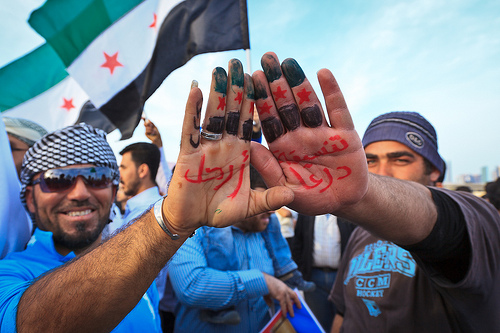
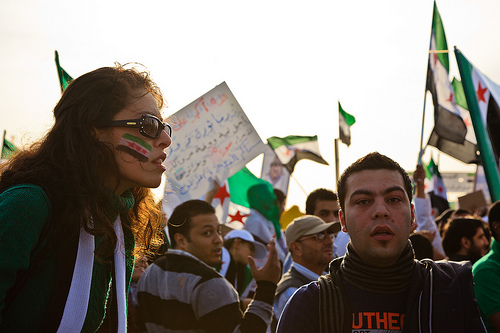
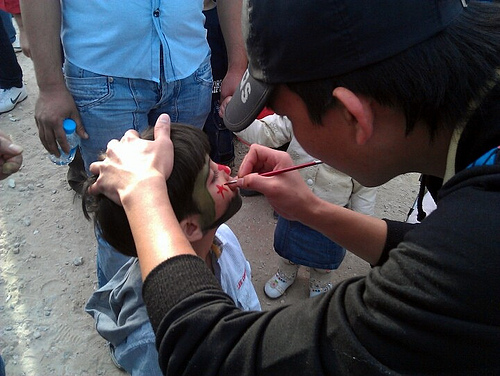











You must be logged in to post a comment Login